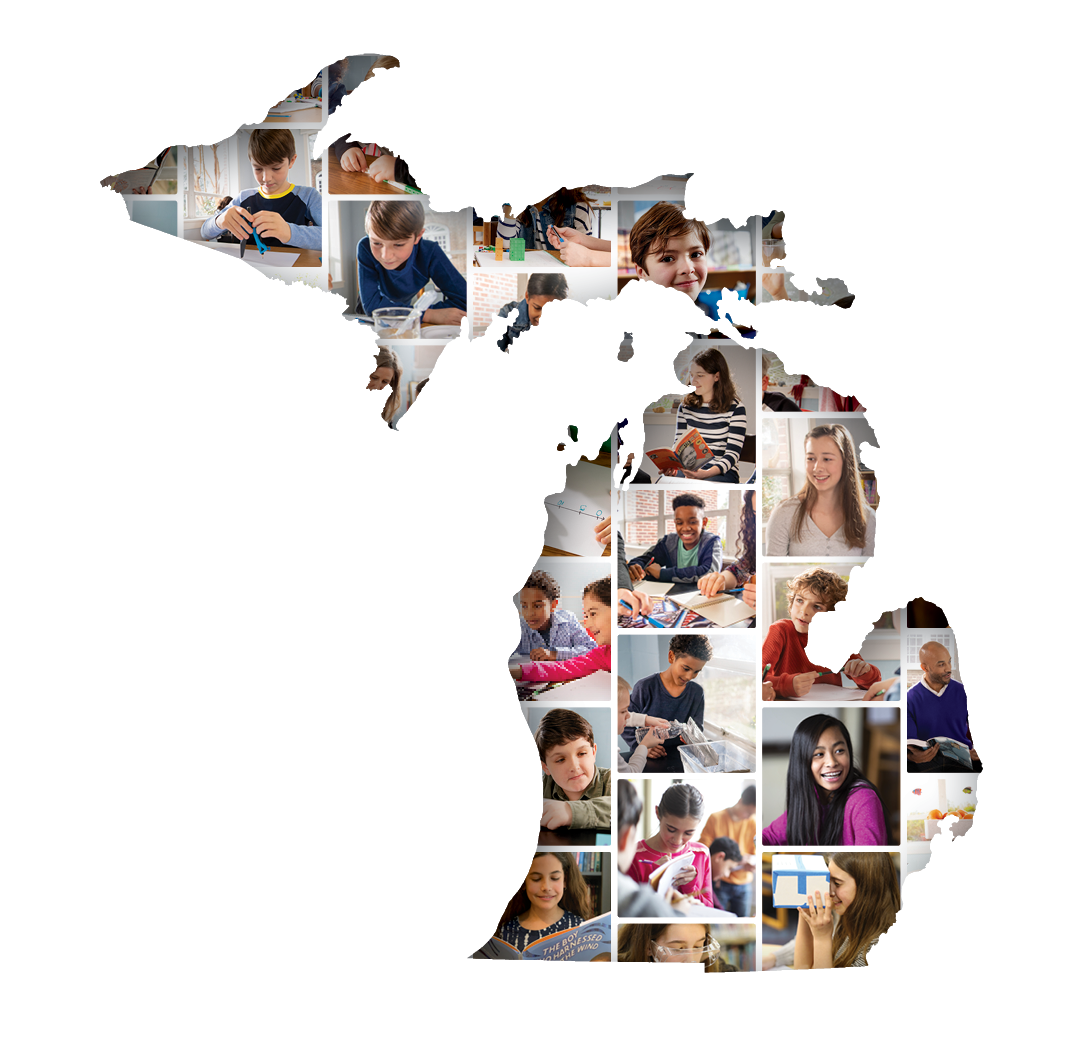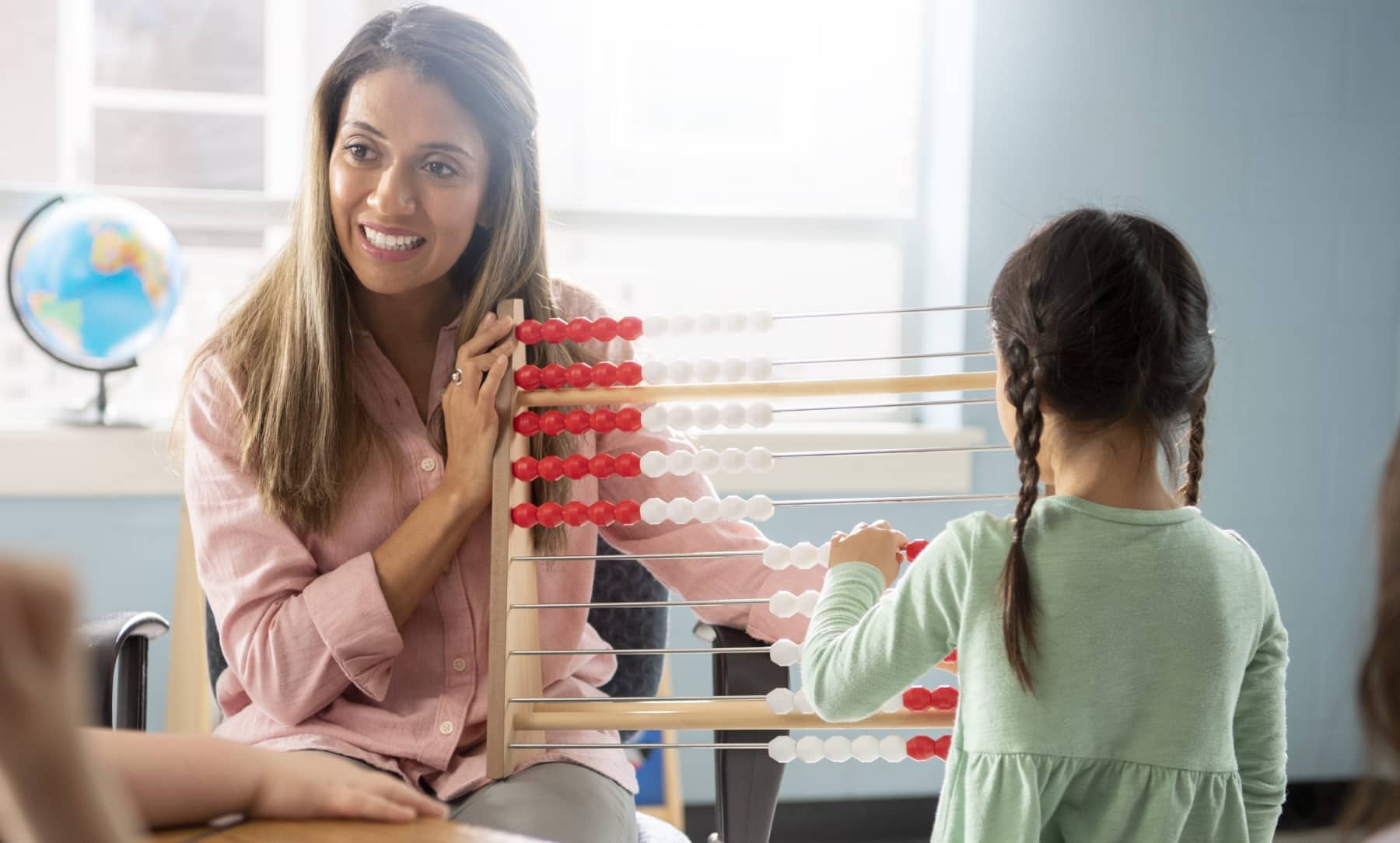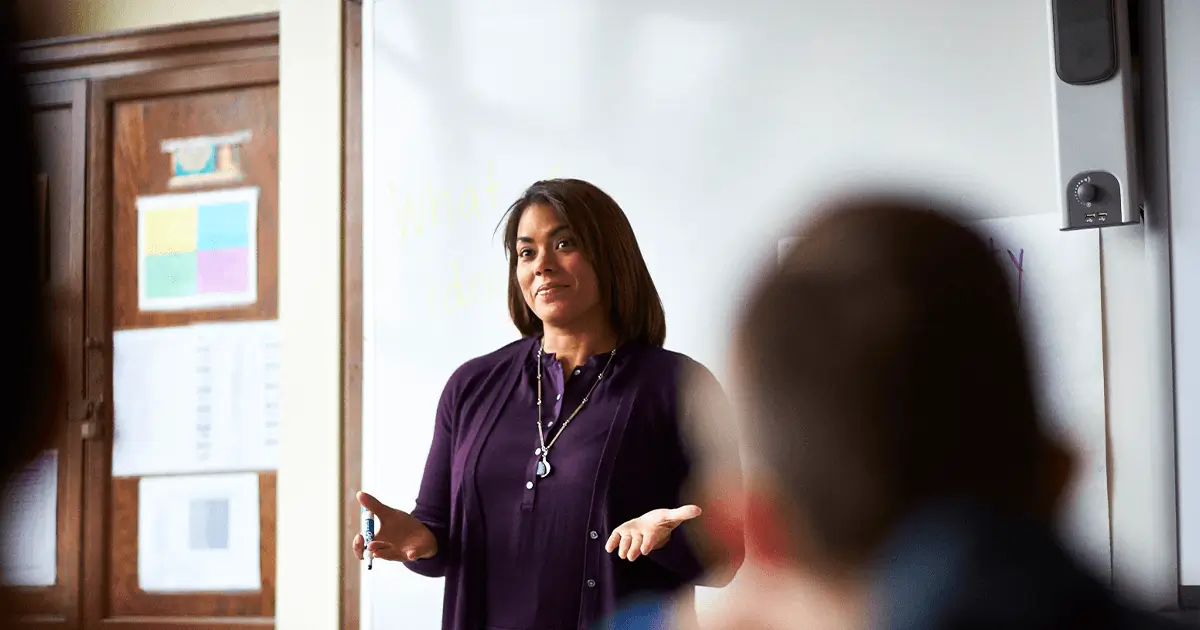Posted in: Aha! Blog > Eureka Math Blog > Eureka Math Implementation Success Equip Unfinished Learning > Address Unfinished Learning with Eureka Math Equip™
So your students have completed the Eureka Math Equip Pre-Module Assessment. Now what? First, view your class report by clicking the Finish Scoring button. Then scroll down to find the Recommended Supporting Content. This section shows you which students need support with which content, and Eureka Math Equip will point you to the appropriate supporting content.
Next, you’ll decide how to use your Eureka Math Equip data to build a bridge for those students to access grade-level content. Take note of how many of your students need help with each piece of Essential Foundational Knowledge (EFK) in the module. If most of your class needs support, consider whole-class instruction. If a smaller portion of your class needs support, use small-group instruction or individual student support. Let’s look at some ways to build that bridge to grade-level content with your Eureka Math Equip data.
Use all or part of a supporting lesson for whole-class instruction.
If your Eureka Math Equip class report identifies a supporting lesson that most of your class needs, you can either insert the full supporting lesson or use key elements of that lesson. The Eureka Math Equip Teacher Guide recommends ways you can omit and consolidate lessons to make room for a full supporting lesson.
If you don’t want to omit or consolidate lessons, consider creating a White Board Exchange by using the key elements of the lesson. Use the problems in the Concept Development or Problem Set of the supporting lesson as the basis for your White Board Exchange. Replace one of the fluency activities in an upcoming lesson with this White Board Exchange, and you can teach Essential Foundational Knowledge and build student access without interrupting pacing.
Another way to include Essential Foundational Knowledge is to add supporting content to the Concept Development lesson component. Borrow time from another lesson component, and add a zero problem (a problem that comes before Problem 1) at the start of your lesson’s Concept Development. Choose problems that address the EFK identified by Eureka Math Equip and connect them directly to the current content. For example, include single-digit addition problems before a lesson where students will be calculating 38 + 3 by making the next ten. Use problems such as 8 + 3 and 9 + 4 and solve them with cubes and number bonds to reinforce decomposing an addend and making a ten.
Use supporting fluency activities for your whole class or a small group.
You can also use fluency activities to address unfinished learning. Just swap the fluency activities that Eureka Math Equip suggests as supporting content with the fluency activities in your lesson. One purpose of fluencies is to reinforce previously learned content, so your whole class still benefits even if only a few students need the supporting fluency. When deciding which fluencies to replace, keep any fluency that relates directly to the lesson that day. If it is a fluency that reviews previous materials or anticipates upcoming lessons, then it’s a good candidate for replacement.
Whether or not they are suggested by Eureka Math Equip data, you can sprinkle fluency activities throughout the day. Skip-count while lining up to go to lunch. Whisper-count while walking in line. Do a White Board Exchange while waiting for all students to arrive. The possibilities are endless. Take full advantage of every minute to reinforce the skills students need to reach grade-level content.
Use any recommended supporting content with small groups or individuals.
Eureka Math Equip data can also make small-group time more productive. Any classroom with a small-group rotation can use one or more stations for recommended supporting content. If technology is available, you can assign one station supporting content videos or Learn, Practice, and Succeed pages based on each student’s recommended content. If using technology is not an option, you can print the recommended pages for students to complete. A resource teacher or other support person can also lead any recommended fluency or lesson. Whether or not you use technology, you can set up each station in your classroom as a targeted activity based on the Eureka Math Equip report results.
Use supporting content during an intervention block or resource time.
Sometimes, you have additional resource time for instruction. This resource time might be in the classroom during the math block or at a different time with a resource teacher. Make sure all teachers who work with a student on math can get the data and resources from Eureka Math Equip. Then, the extra instructional time can include any of the recommended supporting lessons and fluencies for small groups or individuals.
The data in the Eureka Math Equip reports combined with the supporting content are powerful tools in a teacher’s toolbelt. The data helps you know how to help students complete unfinished learning during the math block, in intervention or resource time, or during small-group rotations. Make full use of Equip data to build a bridge that keeps your students moving toward grade-level content.
Submit the Form to Print

Mike Donovan
Mike Donovan is a Eureka Math Implementation Leader for Florida, Georgia, and Alabama. Previously, he spent 23 years as a teacher and school administrator in the states of Illinois and Florida.
Topics: Eureka Math Implementation Success Equip Unfinished Learning










